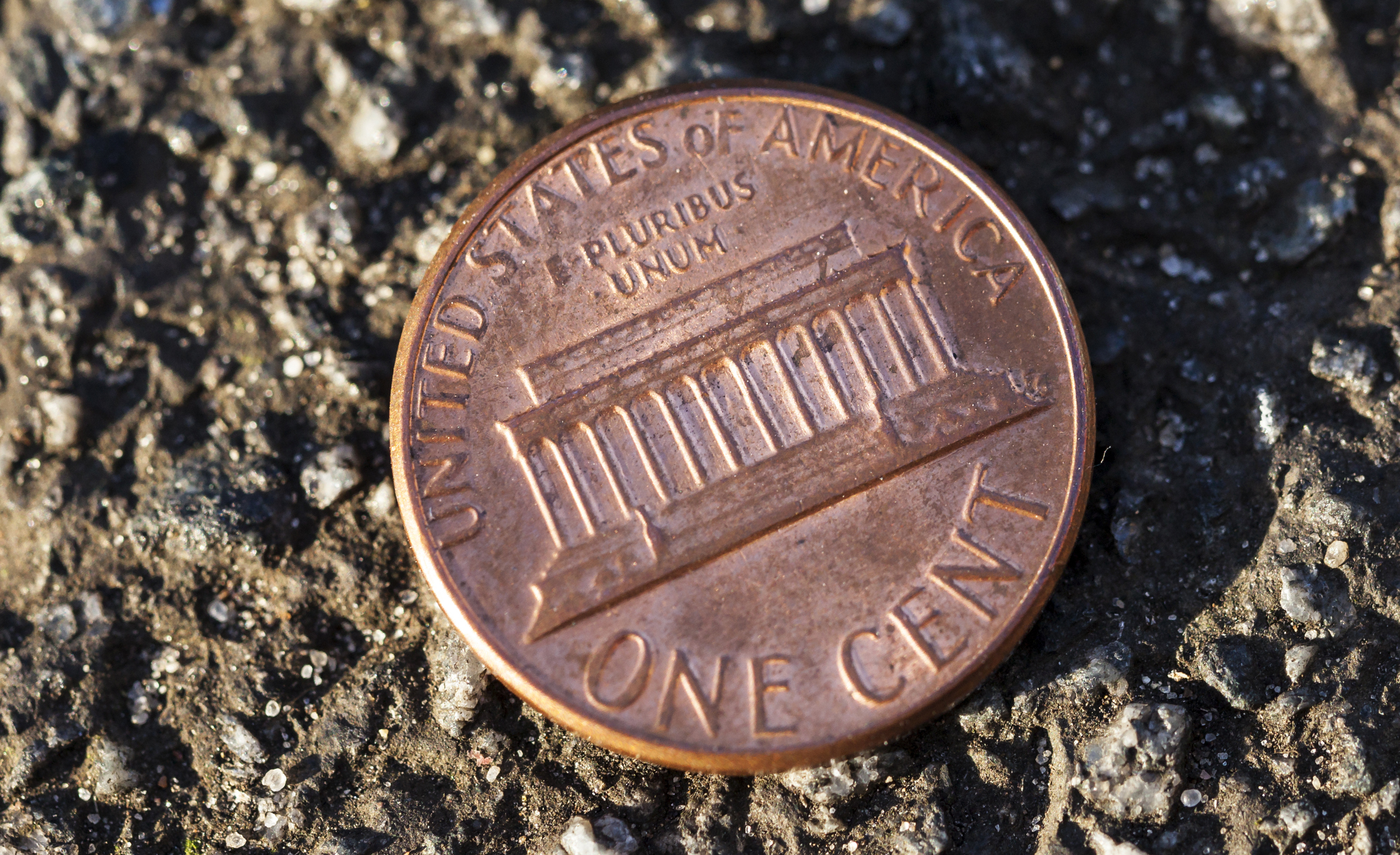cash
Here’s something to think about the next time you see a filthy Abe Lincoln on the sidewalk.
What if you found out your disaster relief donation did more harm than good? Juanita Rilling explains the humanitarian logistics of unwanted donations, and how you can give in a more informed way.
▸
5 min
—
with

